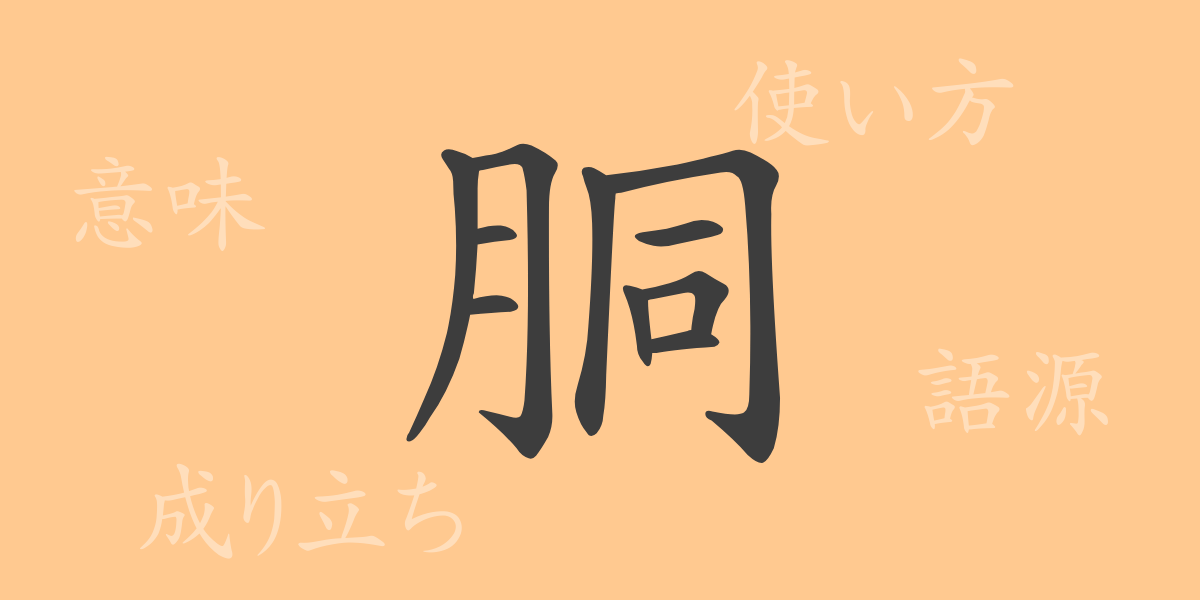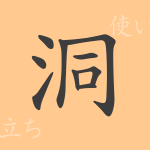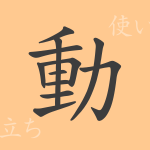The beauty of the Japanese language is also reflected in its unique writing system. Each Kanji has a history and is deeply rooted in the daily lives of Japanese people. This article focuses on the Kanji ‘胴 (どう)’, exploring its origins, meanings, usage, and even the phrases and proverbs that use ‘胴’. Join us in delving into the allure of this Kanji.
Origins of ‘胴 (どう)’
The Kanji ‘胴’ evolved from ancient Chinese pictographs and originally referred to the central part of the body, especially the abdomen. Over time, its form has evolved, undergoing various transformations to become the modern ‘胴’ we use today.
Meaning and Usage of ‘胴 (どう)’
‘胴’ specifically refers to a part of both human and animal bodies, describing the central section from the neck to the waist, i.e., the torso. It is used in everyday conversation, literature, and specialized contexts, as seen in terms like ‘胴体 (どうたい)’ and ‘胴回り (どうまわり)’.
Readings, Stroke Count, and Radical of ‘胴 (どう)’
The Kanji ‘胴’ encompasses specific readings and structural elements.
- Readings: On’yomi ‘ドウ’, no specific Kun’yomi
- Stroke Count: 10 strokes in total
- Radical: 肉 (にくづき) radical
Phrases, Idioms, and Proverbs Using ‘胴 (どう)’
There are many idioms and proverbs including ‘胴’ in Japanese. For instance, ‘胴を断つ (どうをたつ)’ expresses making a decisive action, while ‘胴上げ (どうあげ)’ refers to the custom of lifting someone up in celebration. The phrase ‘胴が長い (どうがながい)’ literally means having a long torso and can metaphorically describe situations that drag on.
Conclusion on ‘胴 (どう)’
The Kanji ‘胴’ embodies the depth of the Japanese language in both its form and meaning. Through this article, we hope you have deepened your understanding of ‘胴’s historical and cultural background, and how it is used in speech. Every time you see ‘胴’, may you recall its diverse applications and expressions, and reappreciate the profundity of the Japanese language.

























